Join our nomads as they walk the Kumano Kodo in Japan, Via Francigena in western Europe, and Adam’s Peak in Sri Lanka, basking in tranquility and history, and meditating on the power of nature.
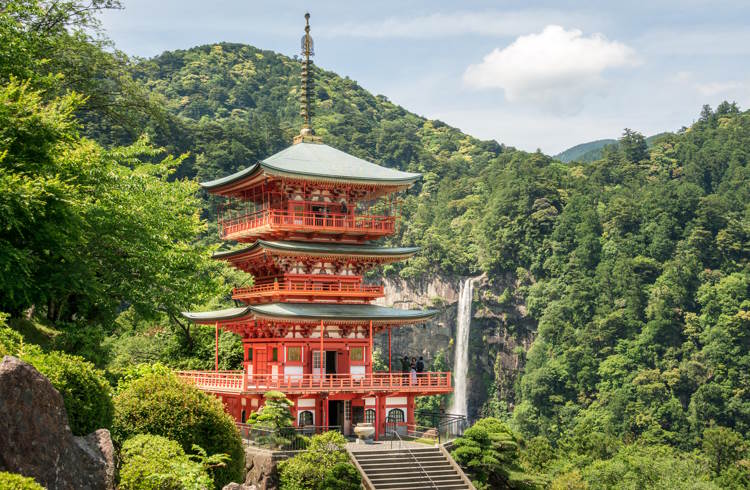 Photo © Joe Furey
Photo © Joe Furey
You don’t have to belong to a particular religion (or any religion at all) to benefit from a walk along a pilgrim route. Some do it for the physical challenge, some to reconnect with nature and themselves, some to learn about ancient history and cultures, and many for all the above. Here are three of the world’s most extraordinary pilgrim trails, scattered across the globe and associated with religions as diverse as Hinduism, Christianity, and Shintōism.
Adam’s Peak, Sri Lanka
I’ve always been interested in places that sit at a physical crossroads – major ports, often islands, which for hundreds of years have been settled by waves of people of diverse creeds and cultures. The histories of such places teach us a great deal about the things that unite human beings as well as separate them.
My visit to Sri Lanka grew out of that fascination. Sinhalese Buddhists, Tamil Hindus and the indigenous Vedda, whose belief system is animistic, share the island with Chinese Buddhists, Muslim Moors, Sunni Muslim Malays and Burghers (Christian descendants of Portuguese, Dutch and English colonists). And each of these groups hold a particular part of Sri Lanka sacred.
The pyramidal Adam’s Peak rises 7,358ft (2,243m) from the lush jungle of southwestern Sri Lanka. Reflecting its status, it goes by many names and the legends attached to it are legion. Deriving the name from Sanskrit, the Sinhalese call it Sri Pada, “sacred footprint”, after what’s said to be the impression of the Buddha’s left foot in a rock that crowns the summit.
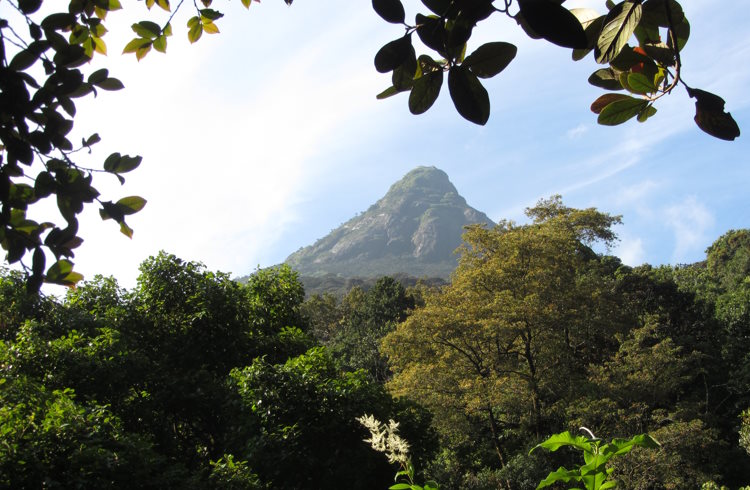
The mountain has the unique distinction of being holy to four faiths – Islam, Buddhism, Hinduism and Christianity – and Shiva, Adam (after his exile from Eden) and St. Thomas are also believed to have left their mark there.
It was March when I traveled by lazy train through tea plantations from Kandy to Hatton, and then took a bus to Dalhousie, where my pilgrimage began. The route I took is the quickest, but relatively taxing. Over three miles and some change, it climbs 3,280ft (1,000m) up 5,500 steps, and takes even the moderately fit about three hours.
I started my journey at 2:30 am, to see dawn break from the top. More an aesthetic mission than a religious one, but no less devoted for that, and my climb, according to tradition, was conducted barefoot, by lantern light and conversation was sporadic and muted.
About halfway up, feeling the chill and seeing a small group gathered around a primus stove, I bought a chai and made talk of whatever size I could. There were monks in maroon robes and beanies, and a Tamil family of two children, the youngest of whom, a seven-year-old, was making his first ascent. Translating for him, his father said he most wanted to see some butterflies (Adam’s Peak attracts huge numbers of migrating swallowtails during March and April – they are said, of course, to want to kiss the toes of Buddha).
Despite the hour, the shrine at the summit was crowded, but I was less interested in paying my respects to a particular god than in watching a very human desire for meaning at play. And as first light began to lend form to our faces and to the forests, with their elephants and leopards, below, I realized that belief may be a beautiful thing, but Heaven’s got nothing on Planet Earth. – Joe Furey
Via Francigena Pilgrimage Trail
All roads lead to Rome, but the Via Francigena has stood out since the Middle Ages not only for its length – about 2,000mi (3,200km) – but also for the lush nature, the rich diversity of landscapes, the UNESCO Heritage Sites, and the Borghi più Belli d’Italia (Italy’s Most Beautiful Villages) it passes through.
The pilgrimage trail runs from Canterbury in England across France’s forests and vineyards, the Swiss Alps, the Aosta Valley in northwest Italy, and Tuscany to Rome, and onwards along the Adriatic coast to Puglia’s southernmost village Santa Maria di Leuca.
On a quest for connection with nature and spirituality that I was missing, I followed my Roman friends’ advice of discovering 'the wonders beyond the Eternal City' and traveled last fall to the Lazio region, an Eden hidden in plain sight amidst the dazzling splendor of Rome.
My journey started in the province of Viterbo with a detour to neighboring Rieti to walk in the footsteps of St. Francis of Assisi in the fertile Holy Valley. I communed with the living world at Santa Susana Spring, contemplating a colony of swans sheltering under a weeping willow and birdwatching in the unspoiled Lungo and Ripasottile Lakes Nature Reserve.
Around the rock-hung Sanctuary of Greccio – where St. Francis is credited with creating the first Nativity Scene on Christmas Eve of 1223, setting up an empty manger flanked by a live ox and donkey – I wandered in the woods where the saint meditated. Surrounded by the chirping of birds and the pine scent blended with rosemary and sage carried by the breeze, it was an experience of inner peace that gave me the courage to packraft the Velino River back to Rieti, my base for exploring the city’s underground archaeological network and surroundings.
I joined Via Francigena’s Southern way in the enchanting town of Castel Gandolfo, guided through a dense chestnut forest by a local family picking chestnuts for jam and porcini mushrooms for fettuccine and risotto, a pleasant route of 6mi (10km) to Nemi along the volcanic Albano and Nemi Lakes with the Tyrrhenian Sea on the horizon. I continued towards the art- and history-filled towns of Sermoneta and Priverno and ancient Fossanova Abbey, determined to reach the medieval fishing village of Gaeta, the final stage of my soul-restoring itinerary. – Emerson Mendoza Ayala
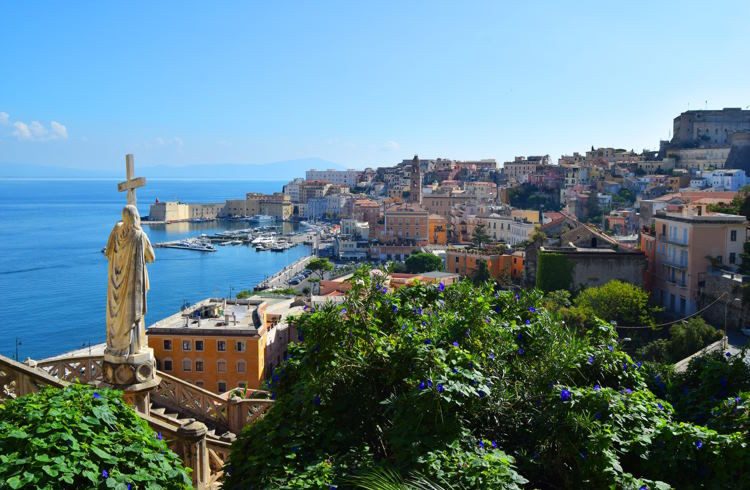
Kumano Kodo, Japan
I was born a nomad. Restless from the cradle, I had a list of places to visit as long as my arm as soon as I could point at a map.
Japan was my first crush. I was about six when I gave a talk on it as part of a school assembly. But I didn’t visit it for myself, other than for work, until I was 38. Before then, brash and self-indulgent, I worried I’d be an awkward fit for a culture I admired for qualities – composure, reflectiveness – that were so unlike mine.
Wanting to make up for lost time, I decided to hit the ground… walking, into a part of the country where those qualities are made explicit: Kumano, its spiritual heartland. Following in the footsteps of emperors a thousand years before, I took to the Kumano Kodō, a tangle of pilgrimage routes that traverse the mountainous core and old-growth forests of the Kii peninsula, in the south of Honshu Island.
In this place of legend and living gods, Shintō, Japan’s native religion, and Buddhism have co-existed harmoniously for centuries, with the former dealing with life and the latter handling what comes after. And it’s where the practice of Shugendō – a belief in enlightenment through mountain asceticism - took root and is still active today.
In 2004, the Kodō (“the old ways”) and its sacred sites were given World Heritage status, one of only two pilgrimage routes recognized by UNESCO (the other being the Camino de Santiago). I chose to tackle the 50mi (80km) Nagahechi route, whose trailhead in Takijiri-oji is near Tanabe, two hours by train from Osaka’s Kansai International Airport.
It was early April when I set out. Spring had brought more blooms – azaleas and rhododendrons – than pilgrims to the trail. As I was hiking for just four days, dividing the route equally between them – and staying in modest ryokans – I traveled light, my backpack holding only a change of clothes, notebook, camera, water and onigiri. Those rice balls stuffed with dried fish, kelp and pickled plum kept me going, just as they served the samurai as battlefield bracers, though no wife of mine had imbued them with hopes for my safe return.
The Nagahechi took me to the three Grand Shrines of Kumano that are its reason for being: Hongū, Nachi, and Hayatama. Dedicated to an incarnation of Buddha as a Shintō kami (an earthly deity), the first is close to the 1,000-year-old onsen village of Yunomine, where I soaked my limbs and boiled eggs for dinner in the same steaming, sulfurous spring water. A day’s hike away, there are few sights that suggest a divine hand at work like the Nachi shrine, the Buddhist Seigantoji Temple, and the 436ft (133m) Nachi waterfall – the tallest in Japan. The trail ends with Hayatama, in Shingu, on the Pacific coast, at the mouth of the Kumano River.
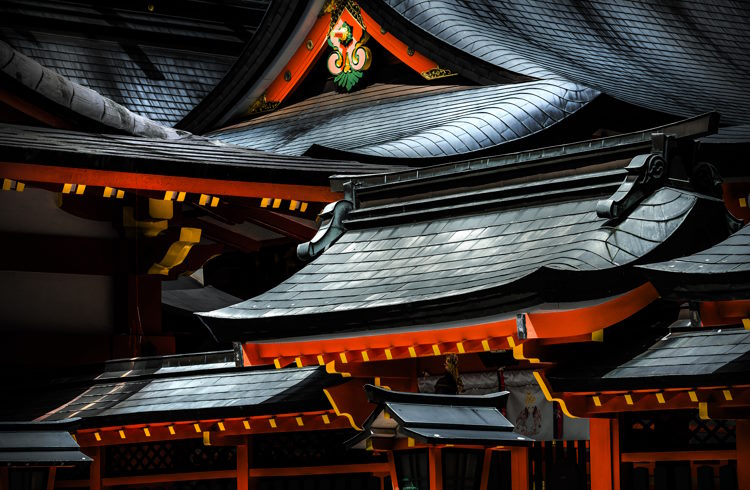
I’ve covered Kodō’s putative highlights somewhat briskly here, but in truth the hike was one long highlight, a meditation on the almighty power of Mother Nature.
Walking fuels my thinking. There’s no problem so knotty or inspiration so resistant that it can’t be walked out. Perambulation is as close to prayer as I can manage, and every step provides an answer.
Hiking the Kodō intensified those feelings a hundredfold, till they felt like wisdom. To pass through a landscape where nature has always been revered, where stands of trees older than Japan preside benignly over our struggles to find a place in their world, was a revelation.
I spoke to a yamabushi, a 10th-generation Shugendō monk, at the end of my journey. Master Hoshino told me that the monks train to become one with nature, which is holy, that “we just have to make space for the enlightenment that is already within us – we do not exist outside of nature, though often act as if we do”. The training – such as meditating for an hour under a waterfall in winter – can be extreme, but the yamabushi consider their rites simple acts of gratitude.
While I don’t have a particularly sharp appetite for physical suffering, the Kodō left me wanting more. I intend to try the Kōhechi, a rough, isolated route that connects the Shingon Buddhist temple settlement of Mount Kōya to the trio of Grand Shrines; or the 105-mile Omine-Okugake Michi, established by En no Gyōja, the founder of Shugendō. – Joe Furey
Related articles
Simple and flexible travel insurance
You can buy at home or while traveling, and claim online from anywhere in the world. With 150+ adventure activities covered and 24/7 emergency assistance.
Get a quote
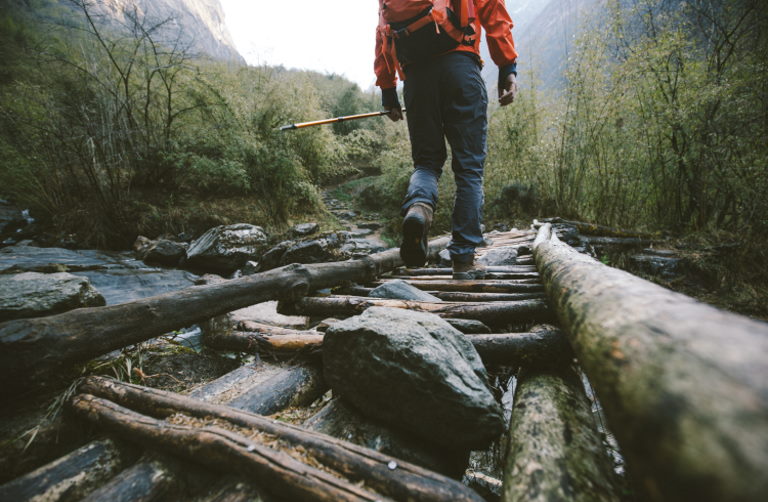
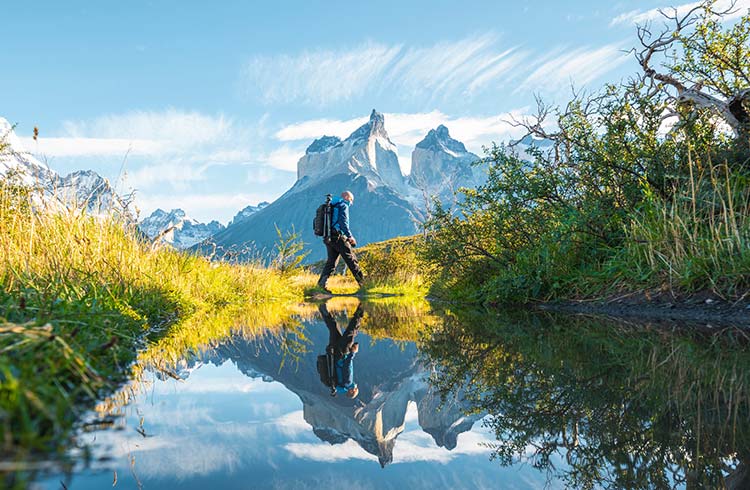
No Comments